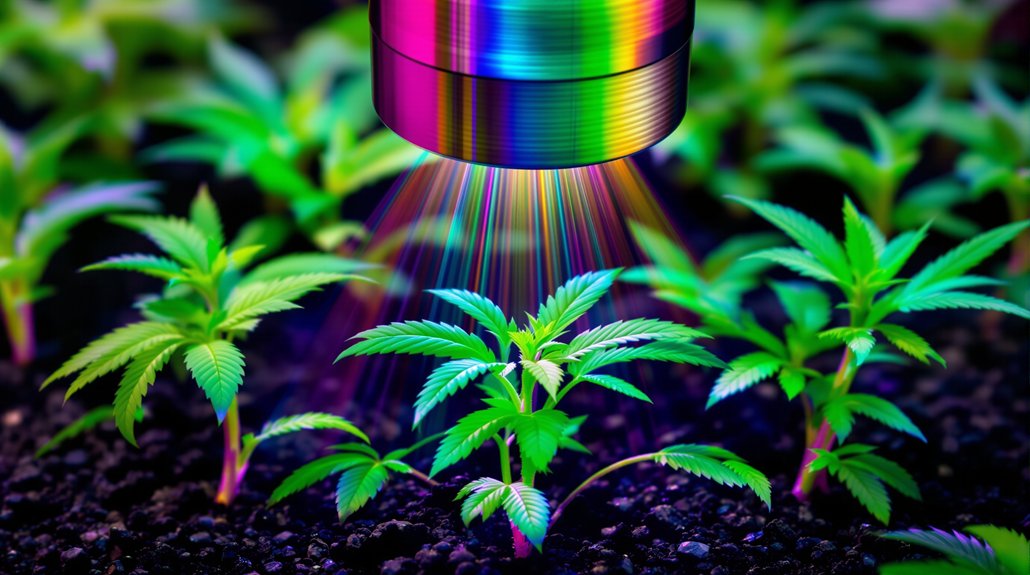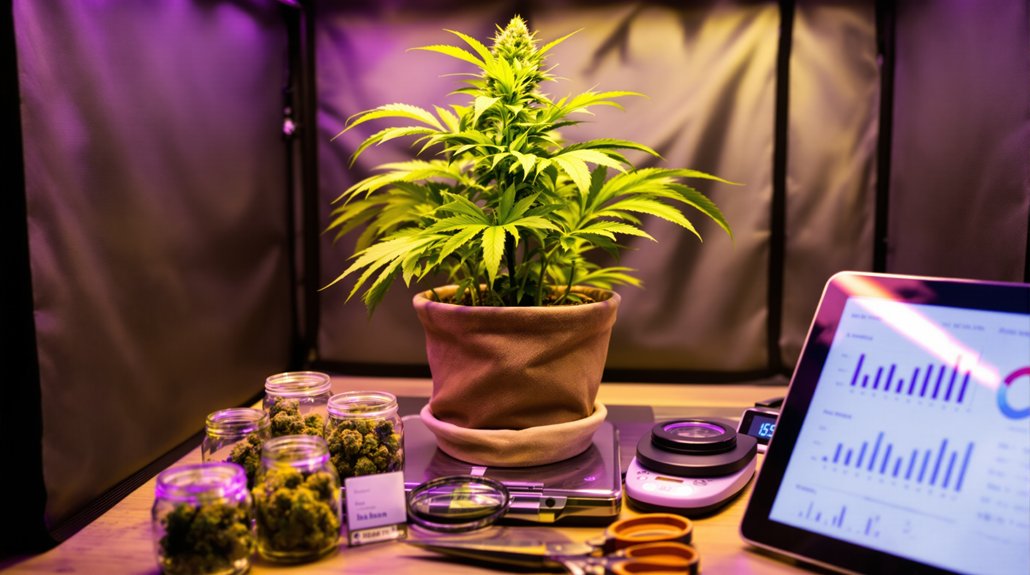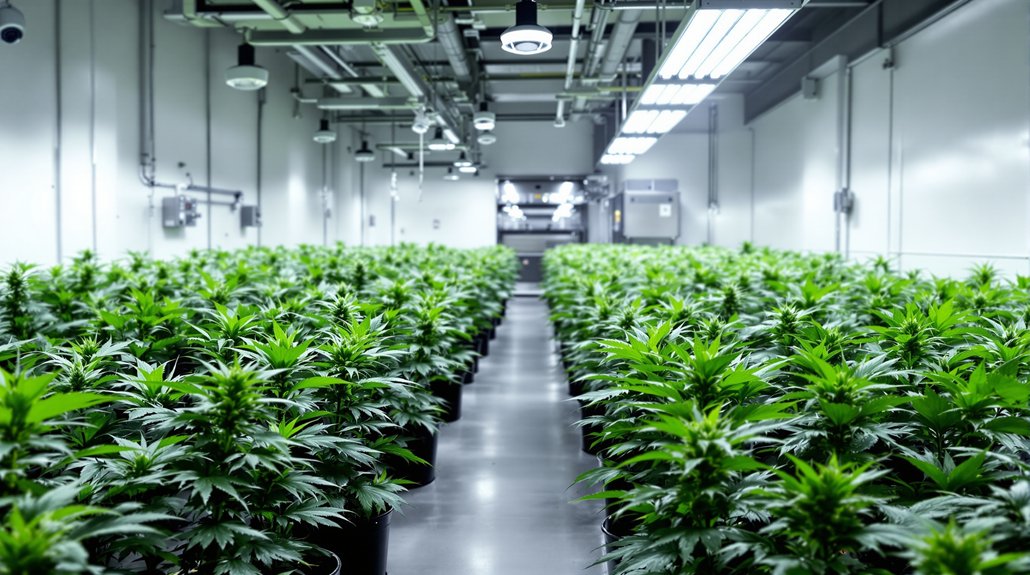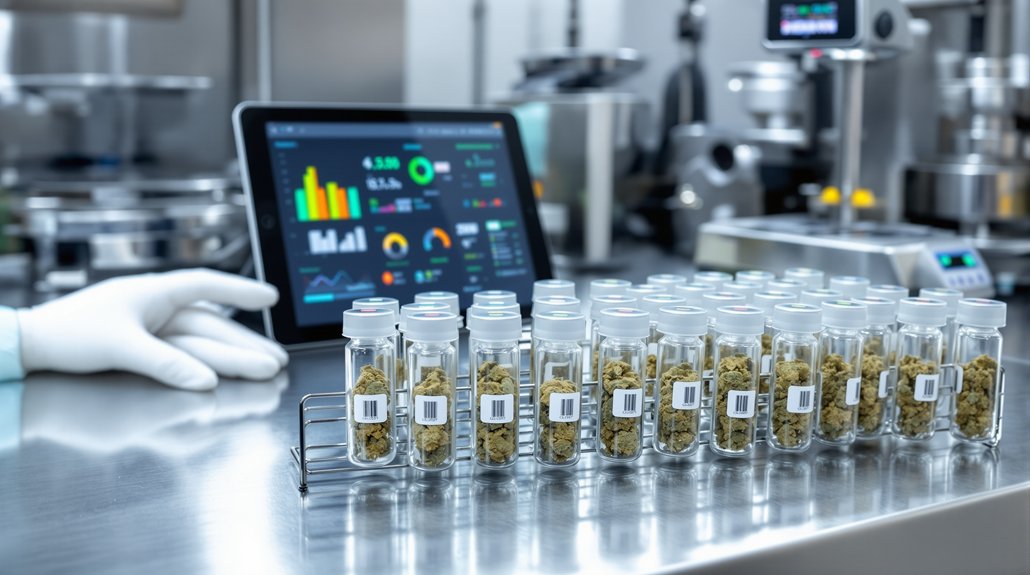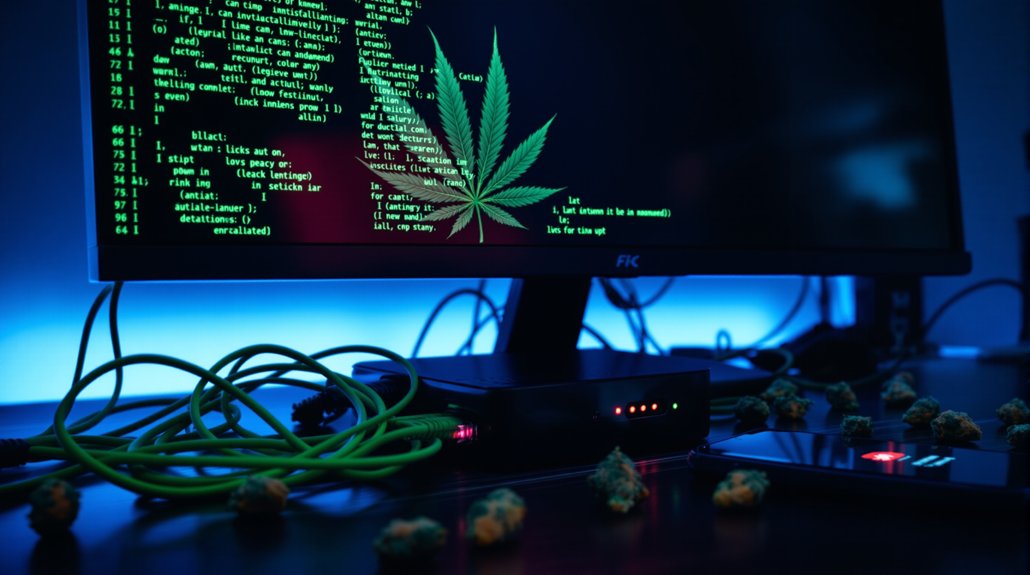Hyperspectral imaging technology captures invisible light reflectance patterns across hundreds of spectral bands, revealing unique molecular signatures in plant leaves that indicate genetic traits. Machine learning algorithms analyze these spectral fingerprints to identify sex and cultivar characteristics with 96.3% accuracy during early growth stages. The technology detects variations in chlorophylls, carotenoids, and other pigments that reflect underlying genetic differences invisible to human observation. This non-invasive approach provides immediate results without damaging plants, offering significant advantages for commercial agriculture and regulated crops requiring precise identification before maturation becomes apparent.
The Science Behind Hyperspectral Detection of Plant Genetic Traits
While traditional plant identification methods rely on visual observation of leaves, flowers, or other physical characteristics, hyperspectral imaging technology captures invisible differences in how plants reflect light across hundreds of narrow spectral bands. This advanced technique collects reflectance data across visible, near-infrared, and short-wave infrared ranges, revealing unique spectral signatures for each plant genotype.
Each cultivar exhibits distinct reflectance patterns linked to its physiological status and pigment composition, enabling researchers to distinguish between varieties that appear identical to the naked eye. The technology creates “data cubes” containing both spatial and spectral information, allowing detection of subtle genetic differences at the tissue level. This approach combines spectroscopy and computer vision to capture molecular vibration information that reveals the biochemical composition of plant tissues. Unlike traditional wet chemical analysis which requires destructive sampling and time-intensive laboratory procedures, this optical approach provides immediate results while keeping plants intact for continued growth and observation.
Variations in chlorophylls, carotenoids, and anthocyanins produce specific spectral features that serve as genetic fingerprints for non-invasive trait identification. The presence of glandular trichomes can significantly influence hyperspectral readings by altering light reflection and absorption properties on plant surfaces.
Real-World Applications and Performance Results in Agricultural Settings
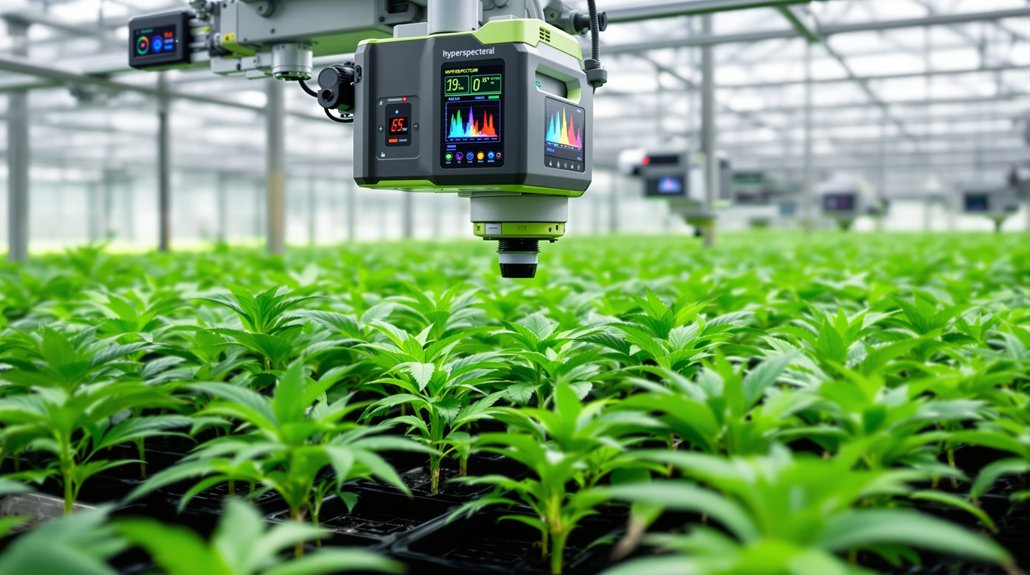
Once confined to laboratory settings, hyperspectral imaging combined with machine learning has demonstrated remarkable success across diverse agricultural environments, delivering practical solutions for cultivar identification and sex determination. Field studies with Cannabis sativa achieved 96.3% accuracy in sex classification, enabling rapid assessment in seconds per sample without pretreatment requirements.
Advanced hyperspectral imaging achieves 96.3% accuracy in rapid cannabis sex determination, revolutionizing agricultural classification from laboratory concept to field reality.
This technology successfully differentiates nine distinct cultivars through leaf spectral phenotypes before visible sexual dimorphism appears, providing critical advantages for regulated crops requiring female-biased populations.
Commercial nurseries benefit from automated scalability and real-time monitoring capabilities, eliminating labor-intensive manual inspections. The technology extends beyond cannabis to Ginkgo biloba and poultry applications, where gender determination in eggs exceeded 75% reliability. For Ginkgo biloba specifically, the fusion of spectral and image features through the Period-Predetermined method achieved remarkable accuracy rates of 96.30% for sex identification.
These non-invasive methods support regulatory compliance, optimize harvest timing, and enhance economic outcomes by maximizing yield through improved genetic ratios in production systems. The approach represents a significant advancement for dioecious species where males and females are visually indistinguishable during early growth stages. Implementation of this technology could significantly reduce the need for specialized plant health management positions in cannabis cultivation operations while improving overall crop productivity.
FAQ
What Is the Typical Cost of Hyperspectral Imaging Equipment for Small Farms?
Hyperspectral imaging equipment presents significant cost barriers for small farms. Entry-level VNIR cameras range from $25,000 to $75,000, while SWIR systems cost $45,000 to $90,000.
Extended SWIR units reach $150,000 to $300,000. Additional expenses include calibration equipment, data acquisition devices, and processing software.
These substantial upfront investments, combined with maintenance costs and delayed return on investment, make adoption challenging for resource-constrained operations, particularly in developing regions.
How Long Does It Take to Train ML Models for New Crops?
Training machine learning models for new crops typically requires one week to several months, depending on complexity and data requirements.
Simple crops with short lifecycles and transfer learning approaches can be completed within days, while complex crops requiring extensive original datasets may take months. The process includes data collection spanning growth stages, preprocessing that often matches training time, model optimization, and validation cycles that can extend timelines by 3-5x through cross-validation requirements.
Can This Technology Work in Outdoor Field Conditions With Varying Weather?
Hyperspectral imaging systems successfully operate in outdoor field conditions, achieving classification accuracy up to 0.99 for plant identification despite weather variations.
However, changing sunlight, clouds, rain, and wind create challenges that require careful management. Spectral pre-processing techniques help reduce lighting noise, while weather-induced plant stress can alter spectral signatures.
Equipment must be ruggedized for harsh conditions, and models need training on multi-season data to handle environmental variability effectively.
What Sample Size Is Needed to Achieve Reliable Cultivar Classification Accuracy?
Research demonstrates that reliable cultivar classification requires minimum sample sizes of 100 specimens per variety for statistical robustness. Accuracy rates exceed 97% with ensemble classifiers and convolutional neural networks when adequate samples are provided.
Sample sizes below 50 per variety produce poor generalization, while quantities above 200 show diminishing returns. Balanced class distributions remain critical for preventing model bias. Cross-validation studies across multiple crop species consistently confirm these thresholds for ideal performance.
Are There Regulatory Approvals Required for Using This Technology Commercially?
Commercial deployment of hyperspectral imaging and machine learning systems for plant classification typically requires compliance with general agricultural technology regulations rather than specific approvals.
Cannabis applications face stringent national controls requiring potential authorization for novel sorting processes.
Industrial crop systems must meet traceability and accuracy validation standards, often demanding ISO certification and performance benchmarking above 95% accuracy.
Data protection compliance becomes mandatory when processing sensitive agricultural datasets commercially.
Looking for more information about commercial growing? Check out our Guide to Cannabis Cultivation: Technology & Innovation.
